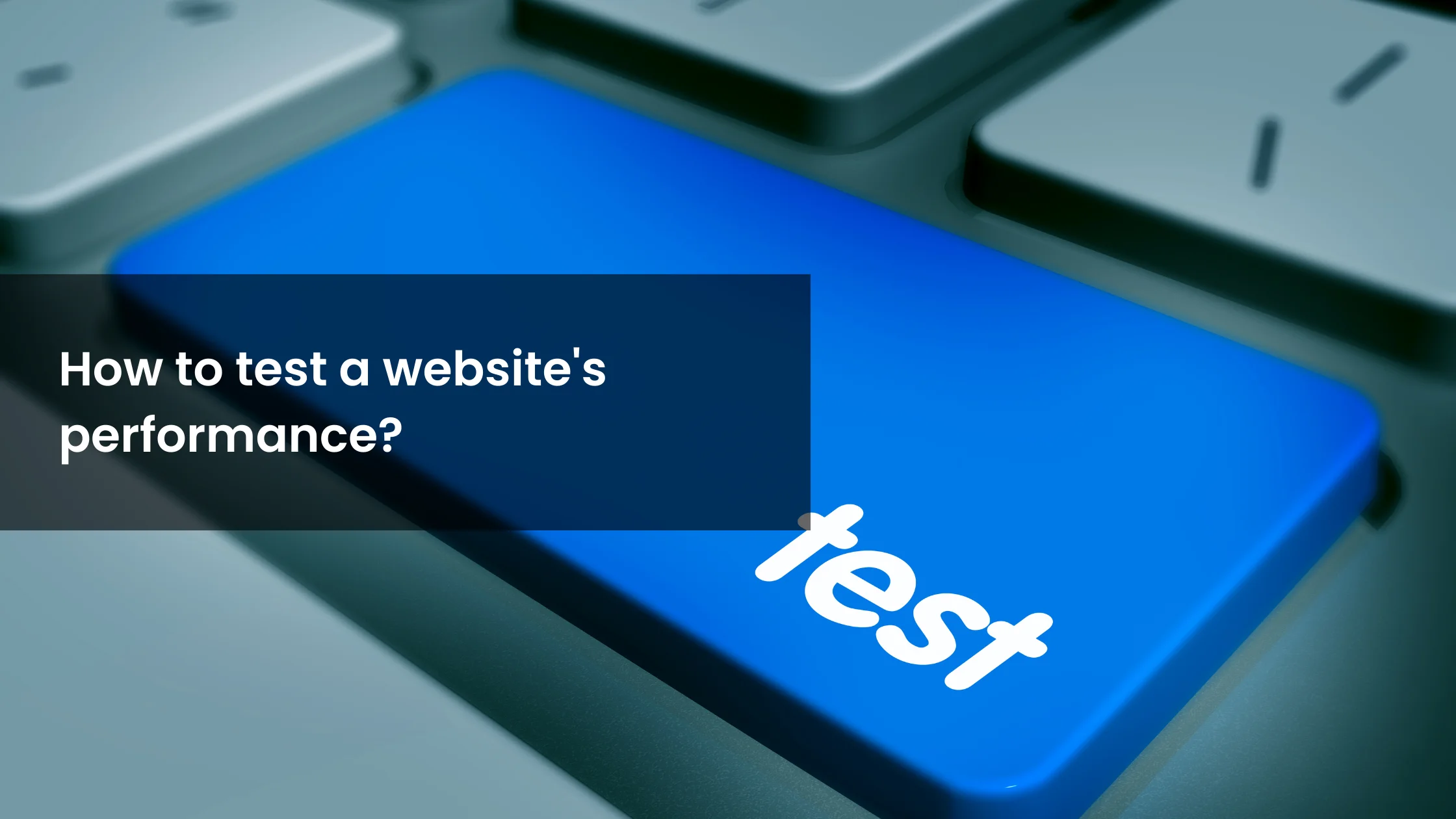Effective performance testing is essential for ensuring your applications can handle real-world traffic, scale seamlessly, and stay stable under pressure. The success of these efforts often hinges on selecting the right performance testing tool — one that aligns with your technical stack, project scope, and team expertise.
From open-source favorites like JMeter and k6 to commercial platforms like LoadRunner and NeoLoad, this guide compares the most widely used tools and helps you choose the best fit for your QA strategy.
Top Performance Testing Tools: Features & Use Cases
1. Apache JMeter
A Java-based open-source tool widely adopted for load and performance testing of web apps, REST APIs, and databases.
- Strengths: Extensible via plugins, supports distributed testing, excellent community support
- Ideal For: Web applications, API testing, and CI/CD environments
- Limitations: Memory-heavy GUI, scripting can be complex for beginners
2. LoadRunner (Micro Focus)
A commercial enterprise-grade tool known for its broad protocol support and powerful analytics.
- Strengths: Supports SAP, Citrix, Oracle, high-level reporting
- Ideal For: Enterprises with complex architectures and performance-critical apps
- Limitations: Licensing cost and setup complexity
3. Gatling
Developer-friendly, code-based performance testing written in Scala with a DSL approach.
- Strengths: Clean scripting, fast execution, CI/CD compatibility
- Ideal For: Agile engineering teams focused on web applications
- Limitations: Limited protocol variety beyond HTTP/WebSocket
4. k6 (by Grafana Labs)
Modern CLI-based open-source load testing tool with native JavaScript support.
- Strengths: CI/CD ready, scriptable, integrates with Grafana dashboards
- Ideal For: DevOps teams and modern web architecture
- Limitations: No GUI, relies on external visualization tools
5. BlazeMeter
A cloud-based testing solution built on top of JMeter, offering enhanced UI, scalability, and integrations.
- Strengths: Scalable load generation, enterprise analytics, JMeter compatibility
- Ideal For: Enterprises needing cloud scalability with familiar JMeter features
- Limitations: Paid subscription model
6. Locust
A Python-based load testing framework allowing customizable scenarios with code.
- Strengths: Highly scalable, flexible scripting in Python
- Ideal For: Developer-centric teams needing custom scenarios
- Limitations: Requires scripting skills and lacks built-in reporting
7. NeoLoad (Tricentis)
Enterprise tool focused on automating load testing across web and legacy systems.
- Strengths: Fast test design, wide protocol support, CI-friendly
- Ideal For: Enterprises with legacy plus modern applications
- Limitations: Requires training, commercial license
Tool Comparison at a Glance
| Tool | Type | Protocol Support | Ideal For | CI/CD Support | Ease of Use |
|---|---|---|---|---|---|
| JMeter | Open-source | Web, REST, FTP, JDBC | Web/API testing | ✅ | Moderate |
| LoadRunner | Commercial | Web, SAP, Citrix, Oracle | Large-scale enterprise systems | ✅ | Advanced |
| Gatling | Open-source | HTTP, WebSocket | Code-based performance engineering | ✅ | Developer-friendly |
| k6 | Open-source | HTTP, WebSocket, gRPC | Cloud-native applications | ✅ | Simple to moderate |
| BlazeMeter | Commercial | JMeter, API, Selenium | Scalable cloud load testing | ✅ | Easy |
| Locust | Open-source | HTTP, WebSocket (ext) | Python-based scripting | ✅ | Developer-centric |
| NeoLoad | Commercial | SAP, Oracle, Web, Citrix | Enterprise QA and DevOps | ✅ | Moderate to advanced |
Key Considerations for Choosing Your Tool
To pick the best tool for your project:
- Match the tool’s protocol support to your application’s architecture
- Consider open-source tools if you have in-house scripting skills
- Opt for commercial tools if you need broad integrations and enterprise support
- Evaluate your CI/CD integration needs and available infrastructure
- Don’t overlook your team’s skill level and learning curve
Real-World Use Case: Enterprise API Testing
Client: European SaaS provider in banking
Challenge: Handle over 20,000 concurrent users during investment cycles
Tools Used: k6 for API validation, BlazeMeter for peak stress simulation
Outcome: Reduced latency by 45%, improved backend elasticity, enabled daily performance regression in CI
❓ FAQs
Q: Which is better, JMeter or LoadRunner?
A: JMeter is open-source and excellent for API/web testing. LoadRunner offers superior protocol coverage for enterprise apps.
Q: Are open-source tools enough for high-load testing?
A: Yes. Tools like JMeter, k6, and Locust support distributed architecture and can simulate thousands of users.
Q: Can I use performance testing in CI/CD?
A: Absolutely. Most tools integrate with CI platforms like Jenkins, GitHub Actions, and Azure Pipelines.
✅ Conclusion
Each performance testing tool offers unique advantages tailored to specific needs — from developer simplicity and scripting power to enterprise scalability and protocol depth. By understanding your system’s requirements and your team’s capabilities, you can select a tool that enables consistent, insightful, and scalable performance testing.
At Testriq QA Lab LLP, we provide strategic consulting and hands-on implementation support for performance testing — helping businesses optimize speed, scalability, and customer experience.
 Hey there, web enthusiast! Ever wondered why some websites load faster than a cheetah on espresso, while others crawl like a sleepy sloth? Well, today, we're diving into the wild world of website performance testing. Grab a cup of coffee (or tea, we don't judge), sit back, and let's get your website sprinting like Usain Bolt.
Hey there, web enthusiast! Ever wondered why some websites load faster than a cheetah on espresso, while others crawl like a sleepy sloth? Well, today, we're diving into the wild world of website performance testing. Grab a cup of coffee (or tea, we don't judge), sit back, and let's get your website sprinting like Usain Bolt.